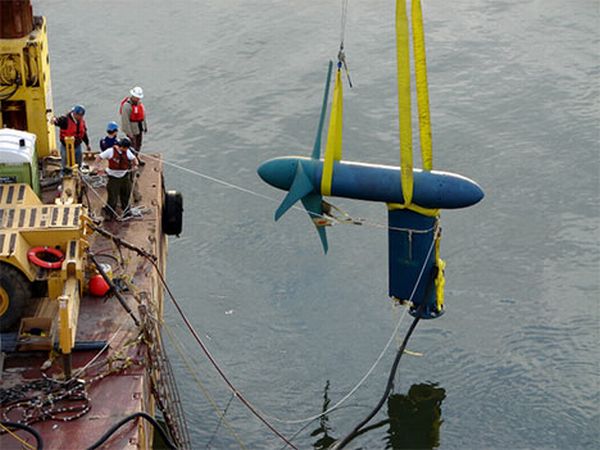
Hydroelectricity is definitely a greener alternative to the energy generated in coal-fired power plants. However, mostly all hydropower plants rely on the dams to act as water reservoirs allowing the generation of large amounts of energy. But building dams isnât as green as it appears to be. Despite all the advantages that dams offer, they are proving to be a bit hazardous in regards to preservation of nature around these structures. The ecological balance gets disturbed, marine life is affected and there are numerous other disadvantages associated with dams. However, there are several other ways to generate hydroelectricity even without dams. Some of the methods are discussed below.
1. Hydroelectricity without dams
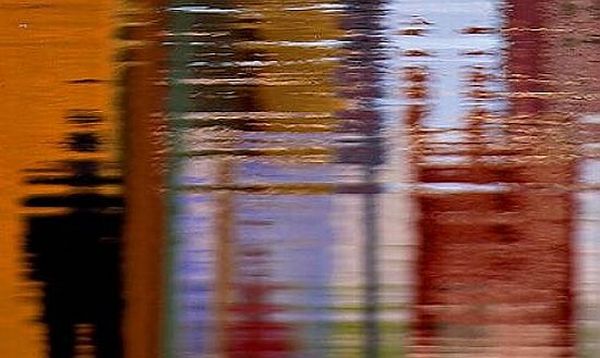
A new technique developed by the Seattle-based Hydrovolts Inc. is known to generate electricity from water even in the absence of those huge dams. For this system, FlipWing turbine has been used. The most noticeable feature of this turbine is that it can generate electricity in shallow waters. It works as a paddle wheel system which remains entirely underwater. The turbine blades have a hinged mechanism which serves the function of reducing drag as it fold backwards on the upstream stroke. This system can be used to generate electricity in aqueducts and irrigation canals. The company claims that their systems is capable of generating up to 4KW of power and would cost around $14,000.
2. CARE Electric
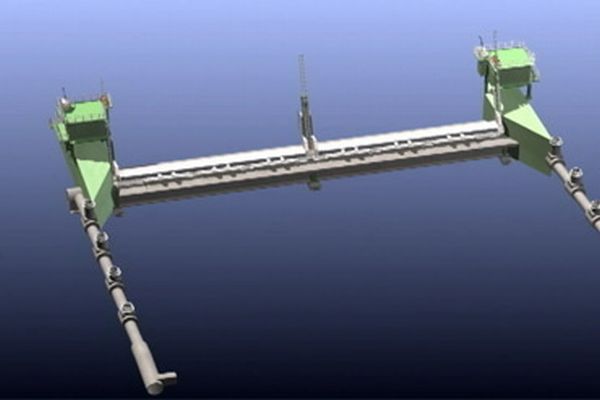
This system consists of structures that contains turbine blades and needs to be suspended in the middle of the flowing river. The advantage of this sort of arrangement is that not only the horizontal flow of the water but also the vertical pressure plays a significant role in spinning the turbine blades. Because of which this system is capable of producing power at 90% of the installed capacity of the generator, whereas this figure reaches only 60% in case of a traditional hydroelectric system. There are numerous other advantages of this system, the most significant one is that it does not disturbs the natural habitat of the animals and maintains the ecological balance. For instance, fish channels are incorporated into the structure which allows free passage up and downstream. Dams also cause silt and other materials to be build up behind it but this does not happens with CARE system as it allows unimpeded and continuous flow of river. Also, this system is capable of operating year-round (except for some seasonal variations) whereas dams need to be throttled for months in order to allow the reservoir to replenish. Making them operational is also very easy as individual parts can be manufactured in factories from where they can be transported to the installation site where they can be assembled. And these units are adaptable to almost any river.
3. Hydro green energy
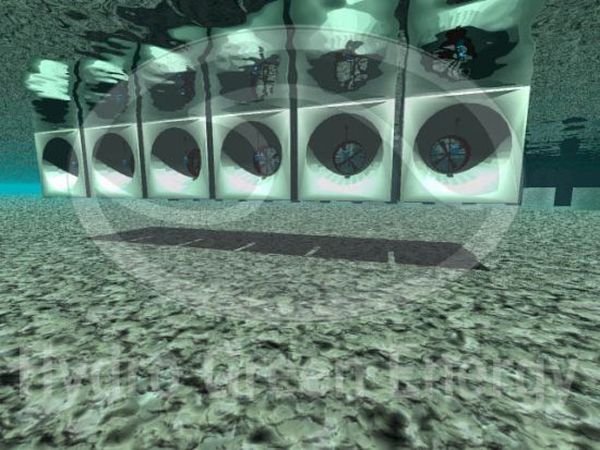
The negative side effects of the dams to the environment and marine life are completely eliminated in the Hydro Green Energyâs dual duct axial flow interchangeable hydro kinetic turbine as no large infrastructures are required. Other than this, there are several inherent operational maintenance and safety advantages because of the surface suspension system. This system consists of an on-board gantry which provides the flexibility of lowering and raising of individual units in the hydro kinetic turbine array without conducting underwater diving and maintenance operations in near zero visibility conditions and extreme water velocity. This advantage becomes even more pronounced in a tidal energy generation setting as all the maintenance activities normally occur within a 15 to 30 minute slack tide. These structures are even capable of operating at different points in the river at different times.
4. Hydrokinetic river turbine
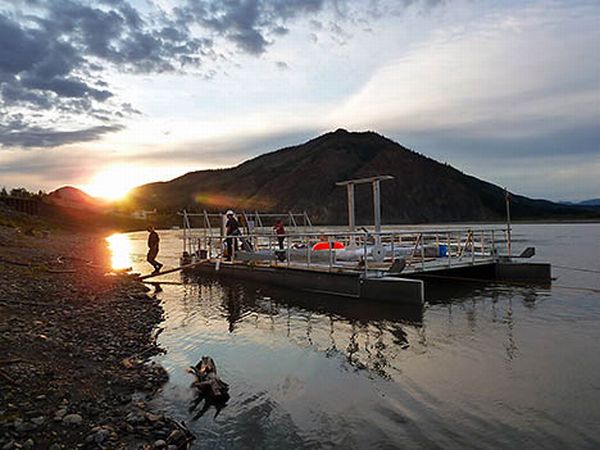
The hydrokinetic river turbine is a 25 kilowatt turbine and has been made by the New Energy Corp. One such turbine is installed in the Alaska Power & Telephone. This turbine is attached to a barge in the Yukon River and is fully functional without any dam. This turbine rotates as slow enough speed to makes sure that the aquatic life is not paced at any risk. The efficiency of this system can be understood by the fact that AT&T has even claimed that this project is going to make the Eagle village the first of its kind in the United States which will be entirely powered by a hydrokinetic river turbine. However, if you are of the opinion that the concept behind these projects is entirely new, then you are mistaken as several small scale projects working on the same principle are have been in use in several places for quite a long time. But, this is perhaps the first attempt on such a large scale and is aiming to supply energy to bigger areas.
5. Free flow underwater turbines

Right now, the free flow underwater turbines produces 15 megawatts of power which is sufficient to power 11,000 average-sized homes, but it has been estimated that the actual potential of this project is much more than this. As far as the working of this system is concerned, it simply works like a wind turbine, the difference being that unlike wind turbines where wind is responsible for the movement of blades, here blades are moved by water currents. The speed of the rotation of the blades is kept minimal so that fishes can pass through safely and the biological balance is not disturbed. Although, the environmental impact is not zero but still when compared with the traditional coal plants, it definitely appears like a step in the right direction. This system is placed underwater therefore, you don’t have to bother about the fact that how does your house will look like with a turbine installed near it. Also, unlike the wind turbines, the free flow flow underwater turbine delivers power more predictably.


